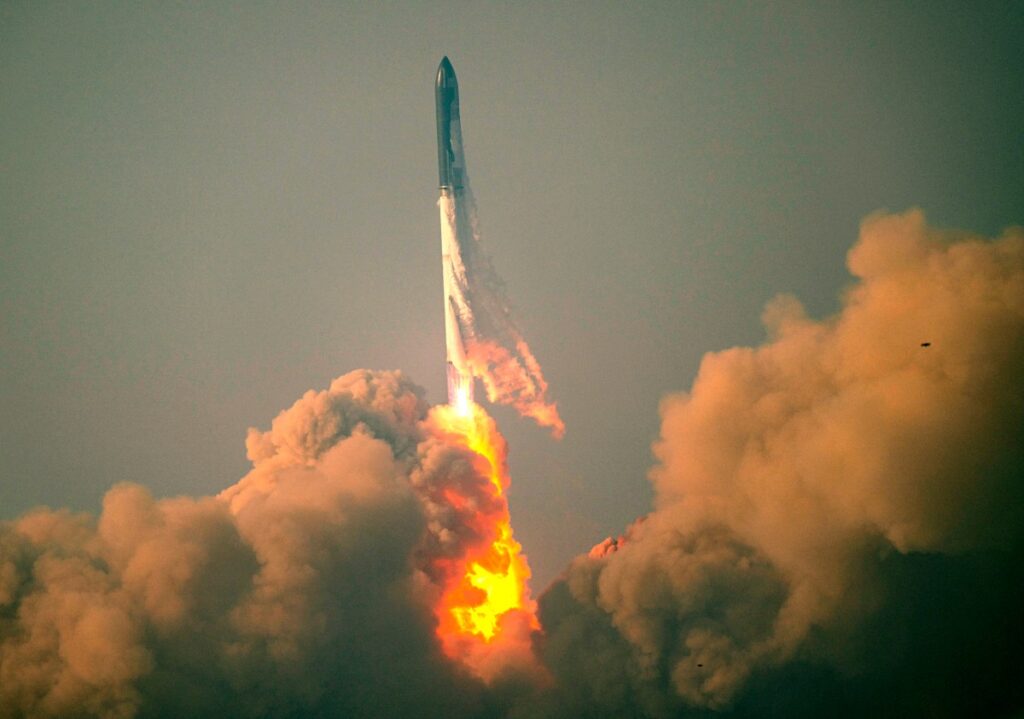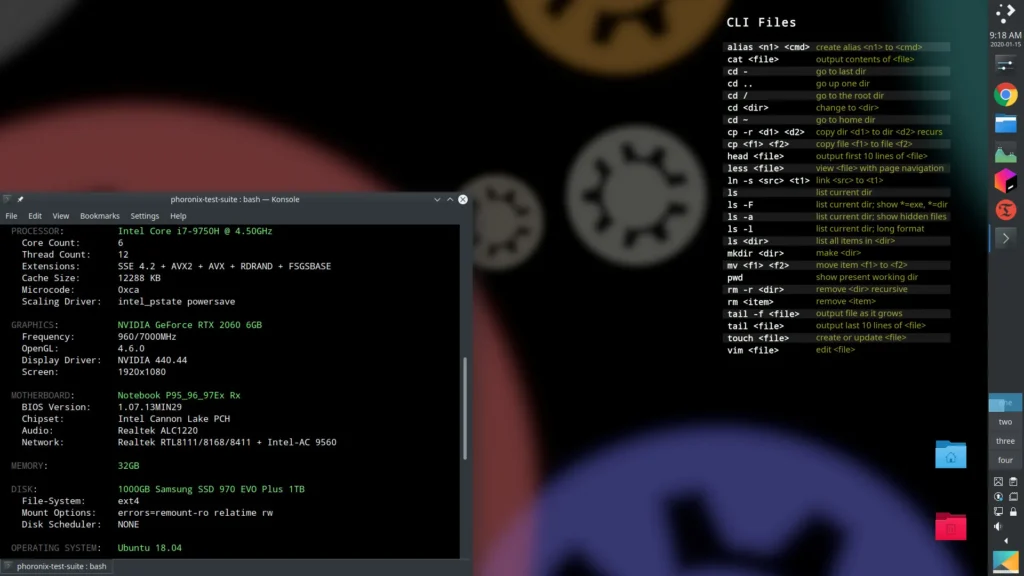We are at the dawn of a new space age. If you doubt, simply look back at the last year: From SpaceX’s historic catch of the Super Heavy booster to the record-breaking number of lunar landing attempts, this year was full of historic and ambitious missions and demonstrations.
We’re taking a look back at the five most significant moments or trends in the space industry this year. Naysayers might think SpaceX is overrepresented on this list, but that just shows how far ahead the space behemoth is in relation to its competitors.
In no particular order:
1. Boeing’s bungled Starliner mission turns into a SpaceX win
NASA and Boeing no doubt had high hopes when the Starliner vehicle lifted off for its first crewed test mission in June. But a series of technical malfunctions occurred as the vehicle made its final approach to the International Space Station, which kicked off a months-long investigation into those problems, with the chief concern being whether the two onboard astronauts could safely use Starliner to come back home.
Out of an abundance of caution, NASA officials determined that the two astronauts would stay aboard the ISS for many more months than originally planned, and that they would return using a SpaceX Dragon capsule in the spring. The decision was a major blow to Boeing, which has incurred about $1.6 billion in cost overruns developing Starliner, and may need to conduct another crewed test flight before the vehicle can be certified to fly regularly for NASA. (For what it’s worth, the capsule performed a flawless touchdown.)
2. SpaceX catches Super Heavy for the first time
SpaceX made incredible progress in its Starship test program, with the company launching the massive rocket four times in 2024, bringing the total launches to six overall. During the fifth flight in October, the Super Heavy booster flew back to the launch site, and was “caught” by two large arms jutting out from the launch tower.
The space company nailed booster reuse with its workhorse Falcon 9 rocket, with the company successfully recovering 367 boosters to date. These boosters touch down on land or on massive ships at sea using four legs that are autonomously deployed right before touch down. But using a similar technique to recover the Super Heavy is impractical for a number of reasons — chiefly its massive size — which led SpaceX engineers to develop the booster catch method.
During the most recent launch test in November, SpaceX decided to scrub a second catch attempt, so there is clearly still work to do to hit the kind of launch and recovery cadence the company is aiming for. But the catch marked a historic day in spaceflight — not to mention, arguably one of the most incredible engineering feats of the century so far.
3. Polaris Dawn crew performs first private spacewalk
Jared Isaacman has been in the news recently due to his nomination to the role of NASA Administrator by incoming President Donald Trump. But the billionaire founder of payment processing company Shift4 Payments also made headlines this year when he led the Polaris Dawn mission and performed the first commercial spacewalk.
Spacewalks are incredibly dangerous: in leaving their vehicle, astronauts expose themselves to risks like micrometeoroids and radiation, not to mention having to rely on the integrity of their spacesuits to provide essentials like oxygen and cooling. Yet the crew of Polaris Dawn, along with their mission partners SpaceX, took on exactly these challenges with the mission. Two of the four crew members, Isaacman and SpaceX engineer Sarah Gillis, took turns emerging from the top of their vehicle, a specially equipped Dragon, for about ten minutes each. The pair performed a series of tests on the SpaceX-made spacesuits while connected to the vehicle via umbilical cord.
4. Multiple firms take aim at the moon
This year, two private companies and two nations attempted to touch down on the moon. While the total number of attempts is not a record, the breadth of players certainly is: Japan, China, and two American companies all took their shot at success.
The outcomes were mixed. Pittsburgh-based Astrobotic had to abort its landing attempt around ten days into the mission. Intuitive Machines and the Japan Aerospace Exploration Agency, meanwhile, both reached the surface but failed to land in an upright position. China’s Chiang’e 6 mission, which both landed and returned samples from the far side of the moon, appears to be the only straightforward success.
5. The Space Force pays out
We’d be remiss not to mention one of the space industry’s single largest customers — the Department of Defense — whose priorities and spending shape the ecosystem overall. This year, the Space Force awarded a number of major contracts to commercial providers, signaling that it’s willing to pay big dollars to commercial entities that can deliver.
Some notable contracts include a $733 million, eight-launch contract to SpaceX; a $515 million contract for 18 satellites to Rocket Lab; several contracts to defense startup Anduril for surveillance and other work; and a series of smaller but no less notable contracts for “rapid response” capabilities to True Anomaly, Impulse Space and Rocket Lab.

